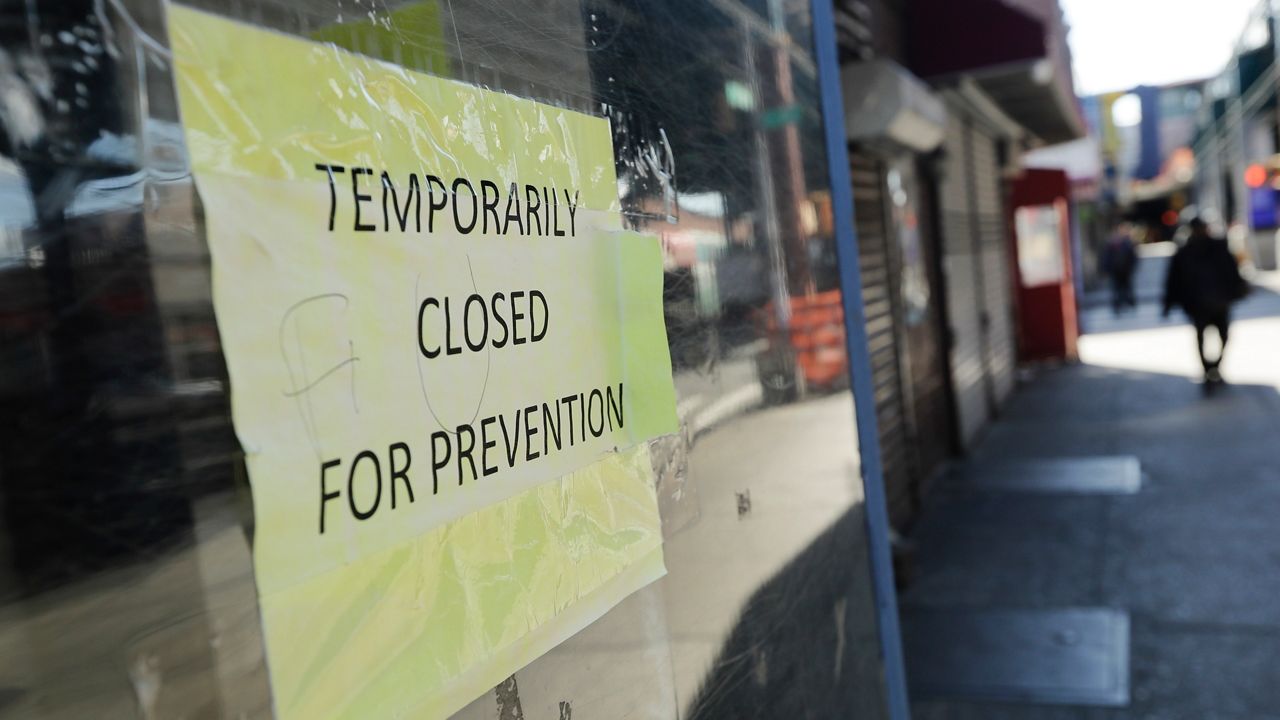If the first wave of the coronavirus pandemic was like a big conflagration, the second could be like fighting a bunch of little fires.
Gov. Andrew Cuomo on Monday in a conference call said the state will continue to see "flare ups" of coronavirus cases like in parts of Brooklyn and Queens, as well as in Broome, Orange and Rockland counties.
New York officials, in turn, are trying to stamp out these embers now before they become something much larger. This involves closing some non-essential businesses and schools in those areas while still keeping the rest of the state functioning as before.
The approach, which Cuomo has said is part of a "block-by-block" way of targeting virus cases, is "the most sophisticated way in the country to go about this," as cases rise at a faster rate in other parts of the United States.
"People are tired and there's very little tolerance for reduction of economic activity," Cuomo said.
"And see most of these states only have statewide data or region-wide data. So, if they were to do something, they'd have to do it across the state or across the region. The micro-cluster approach, first of all, targets the outbreak sooner and faster and tighter, and the restrictions are only neighborhood-wide. Now, that neighborhood may not like it, but it's only a neighborhood,” Cuomo said. “It's only a piece of Brooklyn. It's only a piece of Orange. It's only a piece of Rockland. It's not the region. It's not even the county. It's not the city. So, there are significant advantages to this micro-cluster approach."
The expectation as the summer wore on and New York's COVID-19 positive rate dropped to less than 1 percent on many days was an increase in cases likely as the fall approached. This is in part due to colleges and schools reopening, Cuomo said.
And targeting the "micro-clusters" will be the strategy going forward, he said.
"It's the fall. More people come indoors, more schools, more colleges, more flare-ups. More aggressive targeting, quick on restrictions — see an ember, crush the ember," Cuomo said. "That will be the fall. The flare-ups will be different across the state. They'll come and they'll go. Flare-up: suffocate it, another flare-up somewhere else. That's what we expect for the fall."




